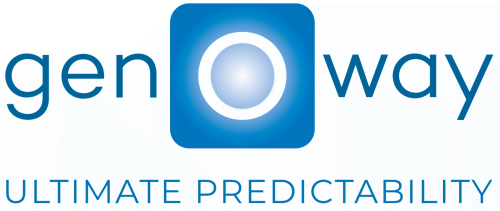Over the last 20 years, there has been a movement towards developing humanised mouse models to bridge the gap between pre-clinical models and clinical applications. By providing models with a human immune system, one could overcome the issues of species specificity when testing bispecific antibodies. Kader Thiam, Senior Vice President of Preclinical Models and Services at Genoway, discussed how to develop humanised mouse models focusing on models that exhibit both lymphoid and myeloid cells.
Unfortunately, current humanised mouse models cannot fully reflect what happens in humans due to their short lifespan and inflammatory reactions. Existing models like the NOG-EXL overexpressed human cytokines, resulting in a longer lifespan in the mice compared to earlier models. Furthermore, less severe inflammation was reported in the NOG-EXL models. However, other side effects were reported, and the mice displayed anaemia.
Thiam proposed that the side effects were attributed to the fact that the cytokines that drive the human myeloid cell compartment development are expressed in a hyperphysiological way which creates inflammatory reactions.
To address this, Thiam introduced the BHSF model, an innovative concept that uses a knockout in mouse Flt3 to allow human cells to develop without severe side effects. Thiam conducted longitudinal studies over 31 weeks and bred mice at different time points to explore the frequency of different immune cell populations.
He outlined the results of the study: “While the myeloid compartment remains stable over time, you're clearly seeing here that your T cell compartment increases and reaches a plateau around 20 weeks old while your B cell compartment decreases, which is a good thing because in any his model you have much more B cell than T cell and that doesn't reflect neither mice nor human. So, we are getting a more acceptable ratio of T:B cells.” Further analysis indicated that functional B cells are capable of switching to different isotypes, including IgE.
Building on this work, the team conducted studies on inflammatory diseases using humanised mice. This set of experiments used oxazolone to boost myeloid compartment sanitization on the animals’ abdomen and then re-sanitization on the ears at a different time point. The result showed Th2 dependent inflammation and T cell-mediated response. Moving on, Thiam explained how different tumour models recruit various immune cells into the tumour microenvironment, showing that the recruitment is tumour-dependent and affects the nature of the immune response.
Thiam also touched on the need to test bispecific antibodies and combination therapies to control tumour growth. Then, he discussed research on repolarizing T cells and myeloid cells to enhance anti-tumour responses. In conclusion, Thiam gave an insightful overview of the advancements and challenges in developing pre-clinical models for immunotherapy, with an emphasis on the need to refine pre-clinical models to better predict clinical outcomes.

